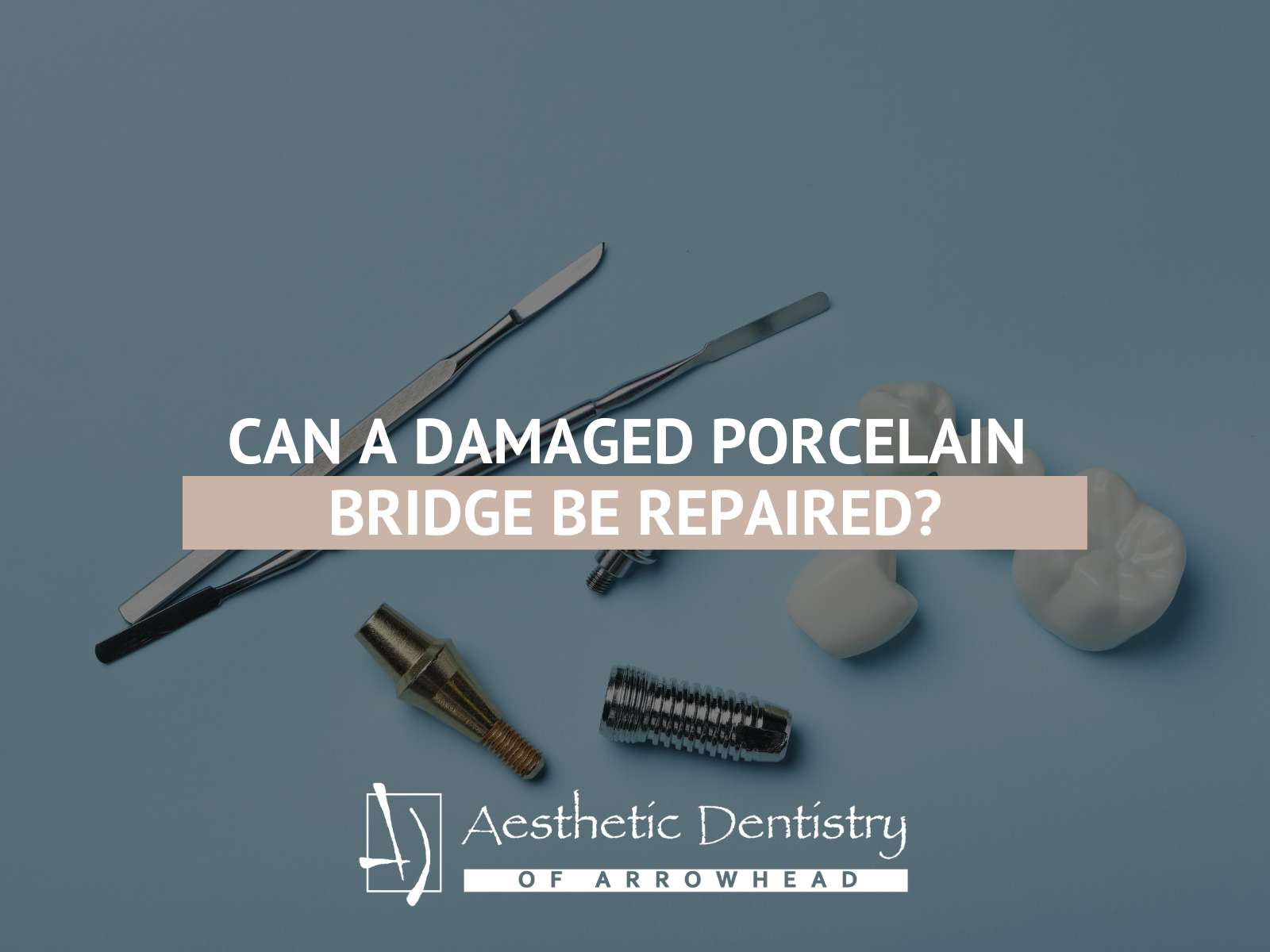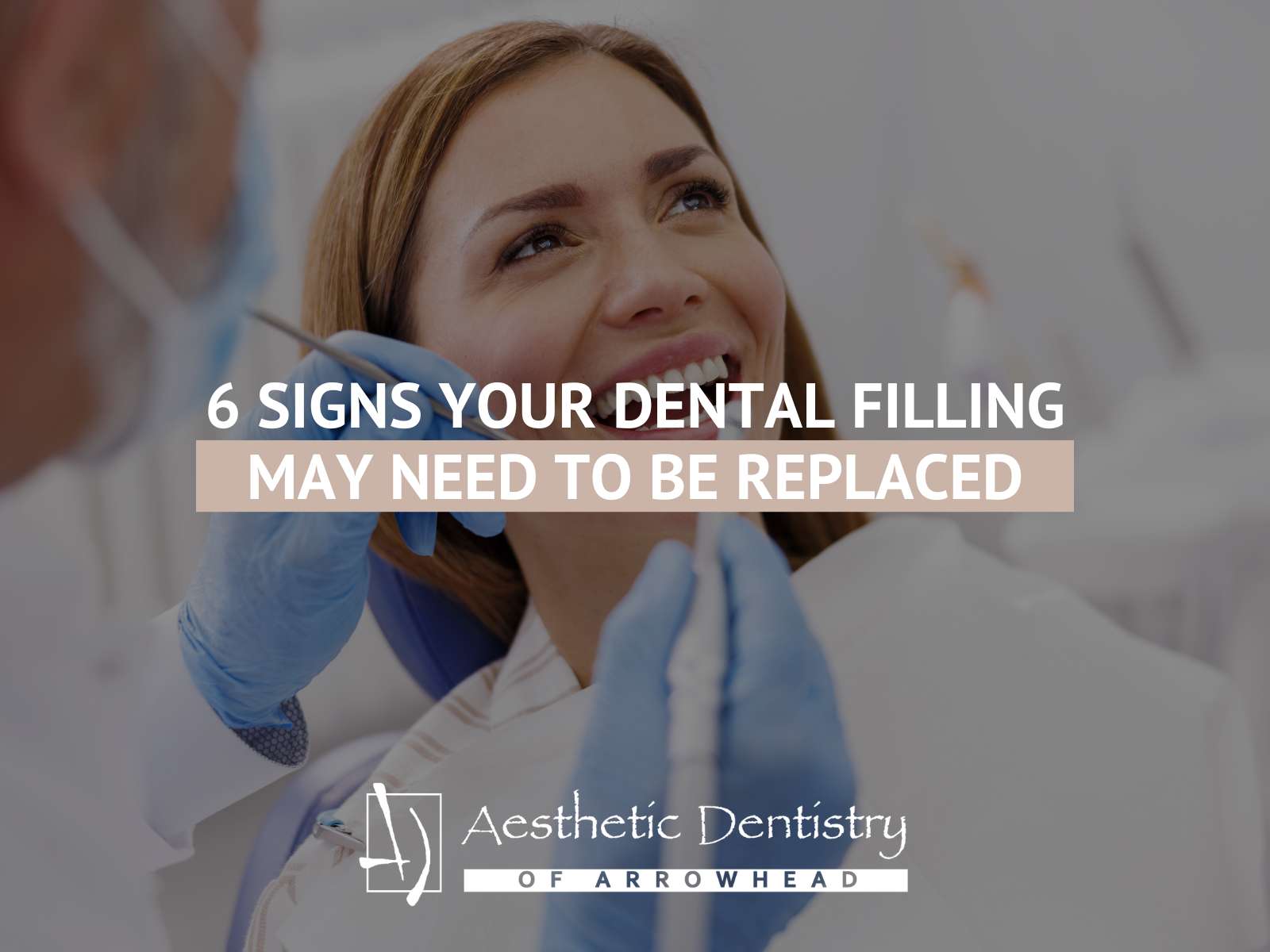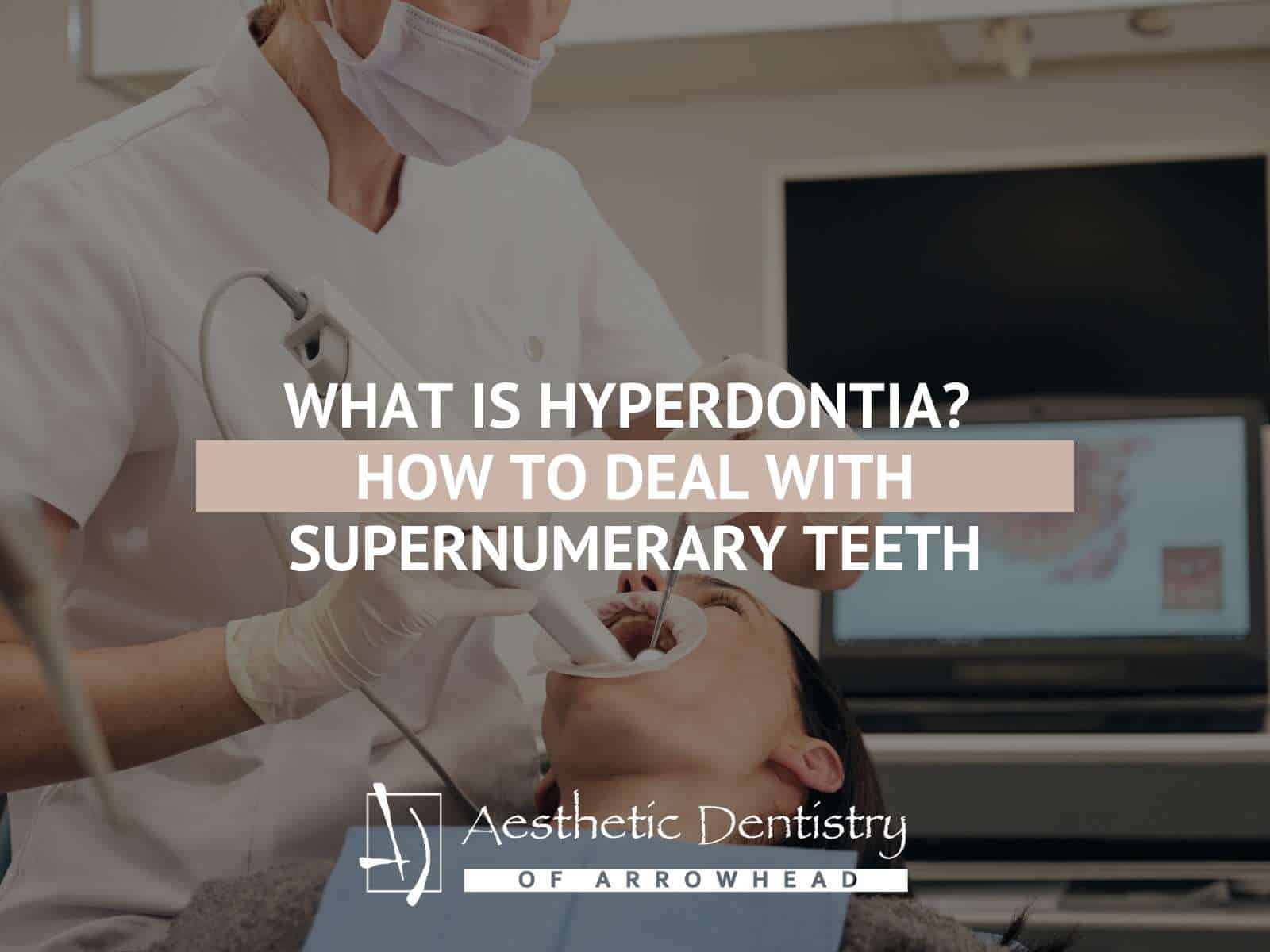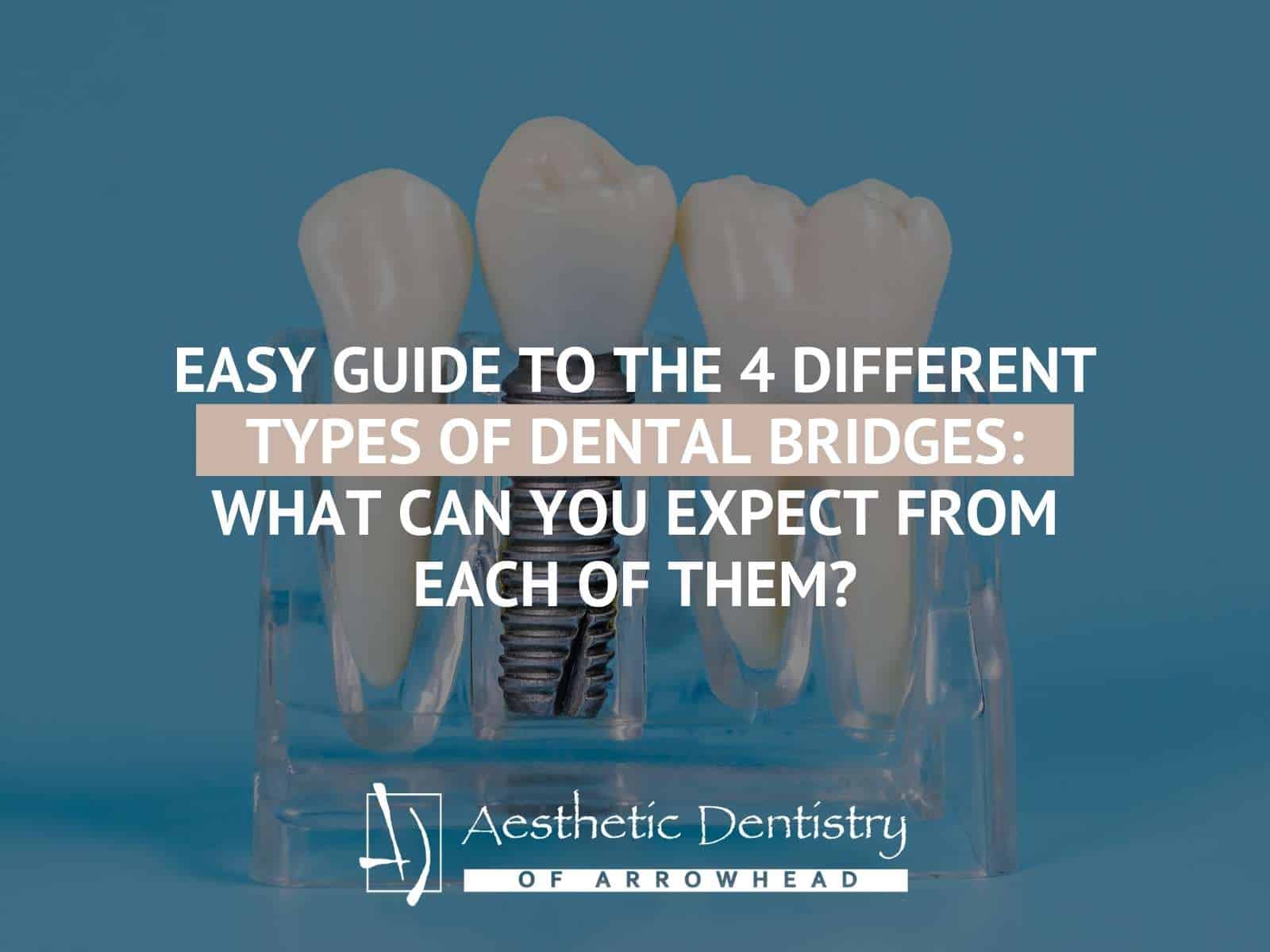Table Of Contents
- What Is Hyperdontia? How To Deal With Supernumerary Teeth
- Ways Of Treating Hyperdontia & Improving Your Dental Comfort
- What Are Supernumerary Teeth?
- What Causes Hyperdontia?
- What Are The Symptoms Of Hyperdontia?
- How To Treat Hyperdontia
- Can Hyperdontia Be Fixed With Braces?
- Top-Rated Arizona Dentist
What Is Hyperdontia? How To Deal With Supernumerary Teeth
Ways Of Treating Hyperdontia & Improving Your Dental Comfort
Hyperdontia is a condition where extra teeth develop. This type of dental anomaly is common and affects both males and females equally. In some cases, hyperdontia can cause problems such as crowding or malocclusion (bad bite).
This condition is also known as supernumerary teeth, multiple tooth syndrome, and polydontia. It usually occurs due to genetic mutations. These genes affect the development of jaws during the early stages of life. If these genes are inherited from either parent, they may result in hyperdontia.
If you have hyperdontia and don’t know how to deal with it, don’t worry, we are here to help. A Glendale dentist will explain below what you can do with your supernumerary teeth to improve your dental comfort.
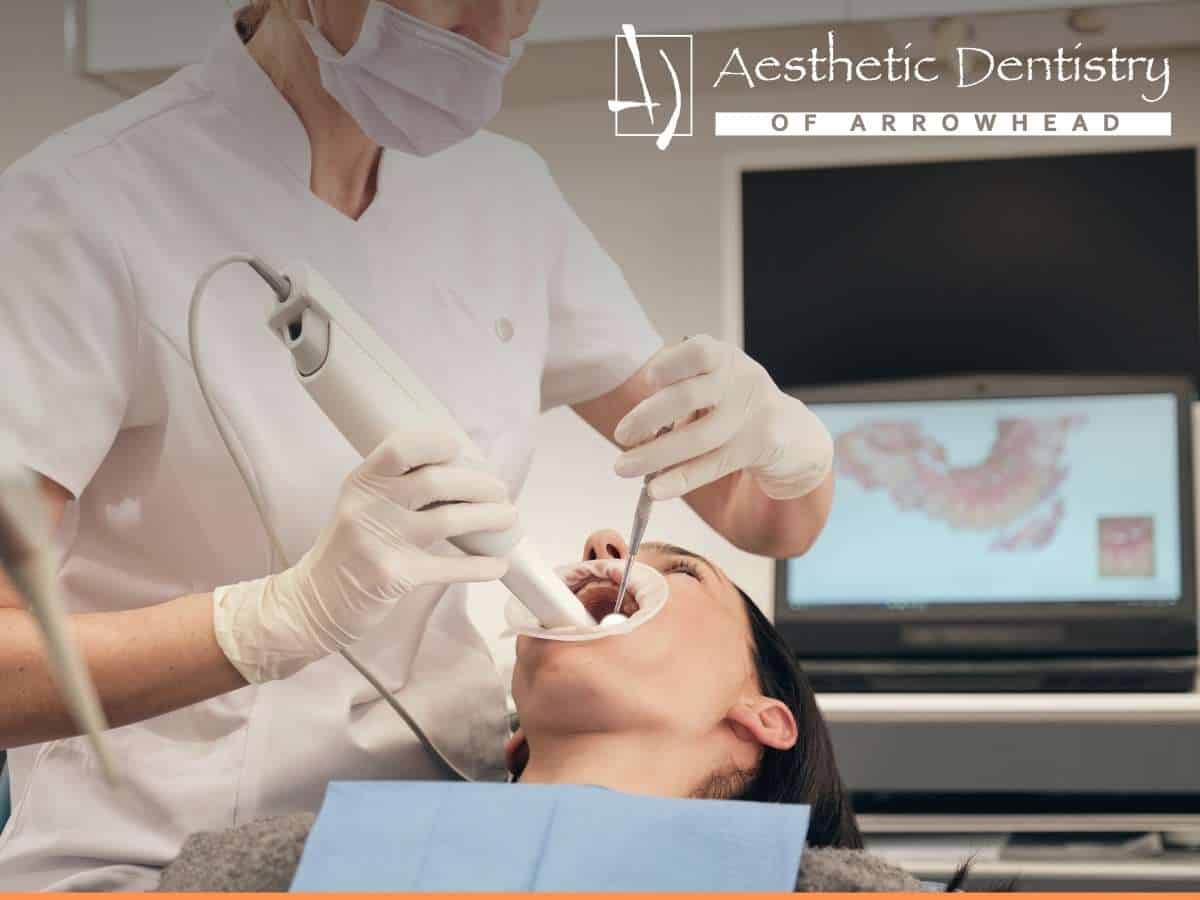
What Are Supernumerary Teeth?
Over 3% of people have one or more extra teeth. This condition is called supernumerary teeth, regardless of the amount and type of teeth. Extra teeth can be visible (erupted) or impacted (not erupted).
It’s not easy to spot supernumerary teeth in children. Extra baby teeth may look normal and be aligned with the rest of the teeth when coming in. However, it can start looking different over the years.
Extra teeth can form anywhere in your mouth. They can be classified as:
- Mesiodens: When growing behind your two front teeth.
- Paramolar: When growing next to the molars
- Distomolars: When growing in line with the other molars.
Extra teeth can also come in different shapes, including:
- Conical: As the name implies, these are cone-shaped teeth. They grow behind your front teeth.
- Tuberculate: Barrel-shaped teeth that come in pairs and rarely erupt from the gums.
- Odontoma: When there’s dental tissue that has grown strangely.
- Supplemental: They look like regular teeth but you see them at the end of a series of teeth.
What Causes Hyperdontia?
Our dentist claims that there’s no exact cause of hyperdontia. However, you may grow extra teeth if you have some of these disorders:
- Fabry Disease: This rare condition affects your body’s ability to create an enzyme that breaks down fatty substances. It can cause an uncomfortable burning pain in the hands, feet, and stomach. It also creates the inability to sweat.
- Gardner Syndrome: This inherited disorder makes you more likely to have tumors. People with this syndrome have higher risks of colorectal cancer at a young age.
- Cleft Palate Or Cleft Lip: This is a birth defect consisting of an opening in the roof of your mouth or the upper lip. Both cases appear very early in pregnancy. People with this condition have higher risks of ear infections and problems with speech and hearing.
- Cleidocranial dysostosis: This is an unusual condition that causes deformities in your bones.
What Are The Symptoms Of Hyperdontia?
The main sign of hyperdontia is having one or more extra teeth, which may not always cause problems.
In most cases, hyperdontia doesn’t hurt or lead to discomfort. However, if the extra teeth put pressure on your gums, jaw, or other teeth, you might experience:
- Pain in the area.
- Swelling around the gums or jaw.
- Tenderness when biting or chewing.
- Overcrowding, which can cause teeth to shift or misalign.
- Infection if the extra teeth make it harder to keep the area clean.
If you notice any of these issues or think you might have extra teeth, it’s a good idea to check in with your dentist. They can help you figure out what’s going on and recommend the best way to handle it.
How To Treat Hyperdontia
The treatment depends on the type and position of the extra teeth. It also depends on other factors, such as the adverse effect on the nearby teeth. Some cases of supernumerary teeth don’t need treatment. Nevertheless, your dentist will check your teeth and take X-rays when necessary.
Your dentist may advise taking out extra teeth if they:
- Affect a nearby tooth, stopping it from coming in.
- Pose a problem for other dental treatments or procedures.
- They came in with a spontaneous eruption.
- Keep you from brushing or flossing well because they are in a weird position.
- They can cause damage to the roots of teeth.
- Make you uncomfortable or unhappy with your appearance.
Many experts disagree on the best time to remove extra teeth, especially when thinking about children. Some dentists say extra teeth should be taken out immediately after diagnosis, but others differ.
These other dentists say nobody should take out supernumerary teeth until the child is 8 or 10 years old. They claim that this waiting will allow the roots of regular teeth to form, minimizing damage to the regular teeth.
Visible extra teeth are easy to remove. However, if they are covered with gum or a layer of bone, the oral surgeon will need to lift the gum or remove the layer of bone.
Once the expert finishes the process, your gum and bone will heal over time.
After removing extra teeth in a child, they may need as long as 6 months to 3 years for regular teeth to appear.
Can Hyperdontia Be Fixed With Braces?
Yes, hyperdontia can often be treated with braces, but the approach varies depending on the situation. In many cases, the process starts with removing the extra teeth through surgery. Once that’s done, braces, Invisalign®, or Brius can help align the remaining teeth and correct your bite.
However, treatment isn’t one-size-fits-all. Factors like your age, the location of the extra teeth, and other dental issues, like overcrowding or missing teeth, play a big role in determining the best plan.
In some cases, orthodontics alone can manage hyperdontia without the need for surgery. But if the extra teeth are stuck in the gums (impacted) or causing alignment problems (malocclusion), removing them may be necessary. Missing teeth caused by hyperdontia can also create gaps, allowing nearby teeth to shift and leading to crooked teeth or spacing issues.
Top-Rated Arizona Dentist
Whether you have supernumerary teeth or other dental conditions, do not hesitate to contact an expert. At Aesthetic Dentistry of Arrowhead, we’ll be happy to help you get the healthy smile you want. We offer different services to improve your dental health, including veneers, implants, and dentures. Contact us now to schedule a consultation.

Dr. Greg Ceyhan – Aesthetic Dentistry of Arrowhead
Glendale, Arizona 85308
Map | Directions
Phone: (623) 979-1515
Fax: (623) 878-1811
Office Hours: Monday-Friday: 8am-5pm
Website: https://www.drgregceyhan.com


